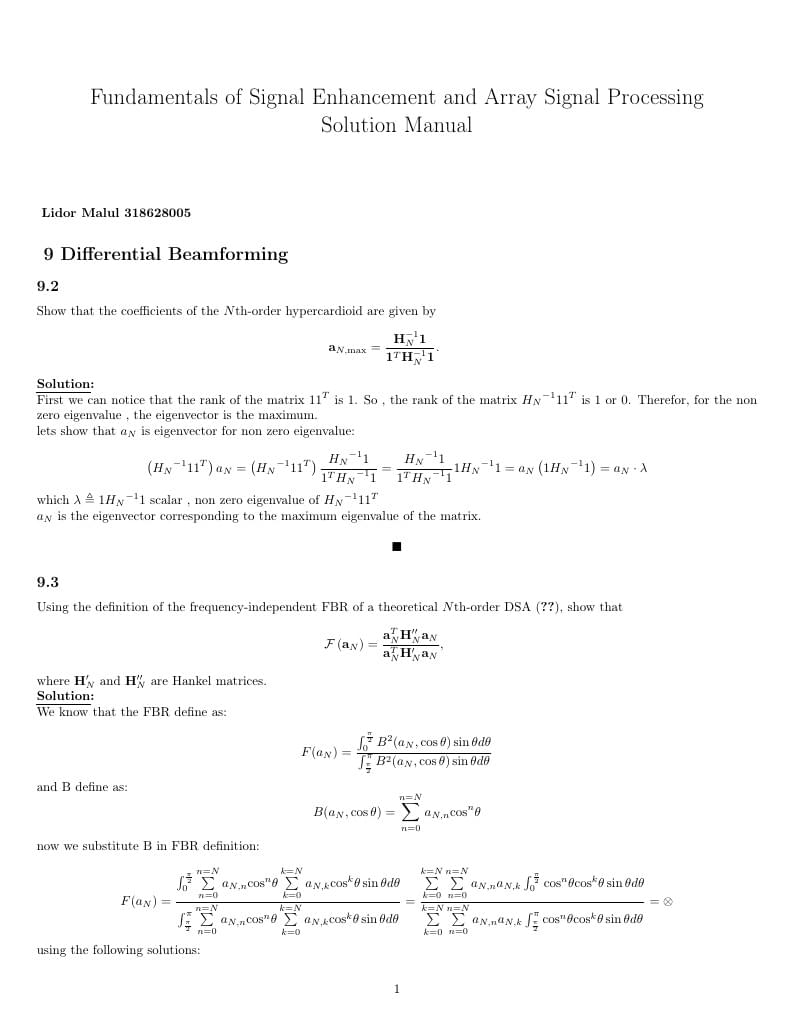Community articles — Math
Seneste

Hypothetical uniform quantizer standalone class figure.

CS 155 HW 9
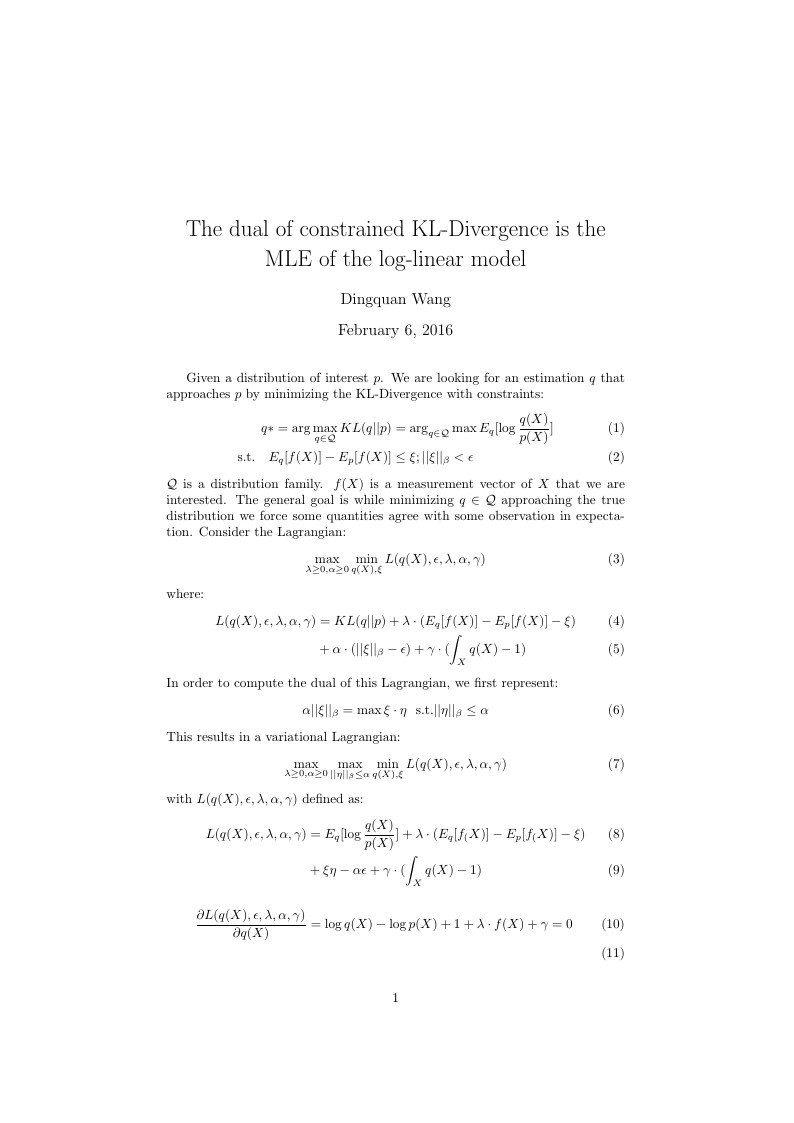
The dual of constrained KL-Divergence is the MLE of the log-linear model

This is a set of notes for the first two chapters of an Abstract Algebra course, following the Hungerford textbook table of contents. One notable feature is the use of a couple of commands that allow one to show only definitions, or only the examples, etc., and another command that allows one to format examples for making handouts.
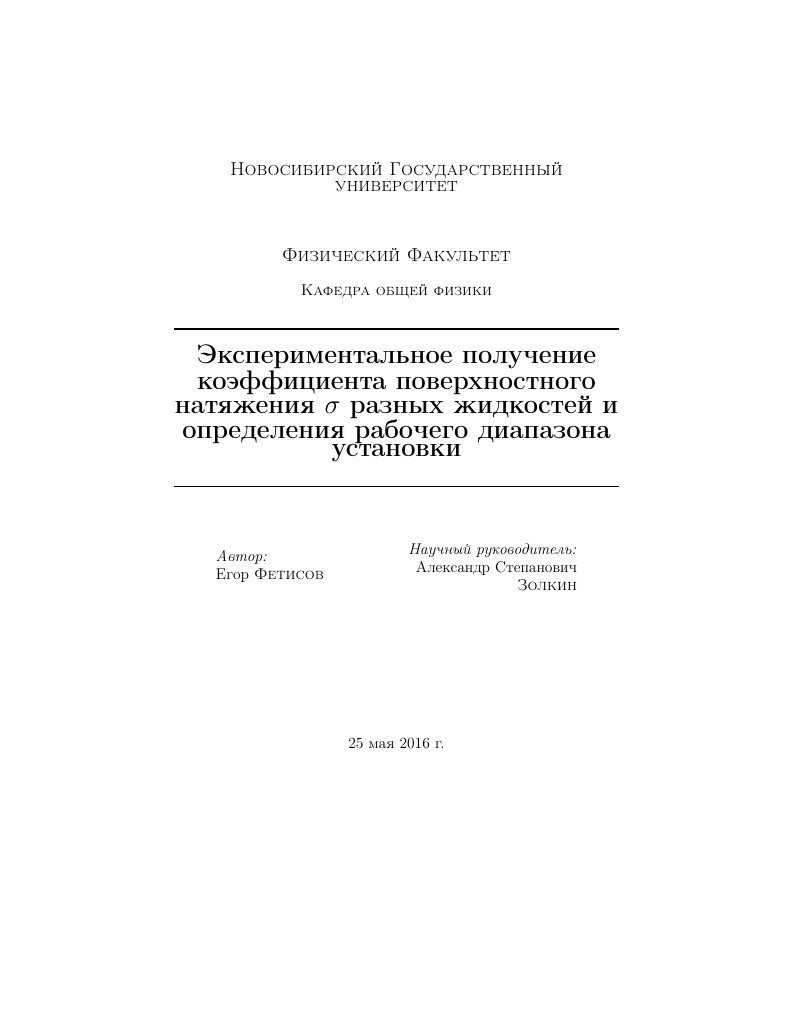
В данной работе представлено экспериментальное получение коэффициента поверхностного натяжения(КПН) жидкости. Также проверяется зависимость КПН от температуры. Устанавливается рабочий диапазон установки. В работе приводится разбор экспериментов проведанных автором работы. Исследовалось несколько видов жидкостей. Неорганические жидкости: Вода, Органические жидкости: Глицерин. Измерения проводились при температурах: 25 и 45, 50 градусов Цельсия.
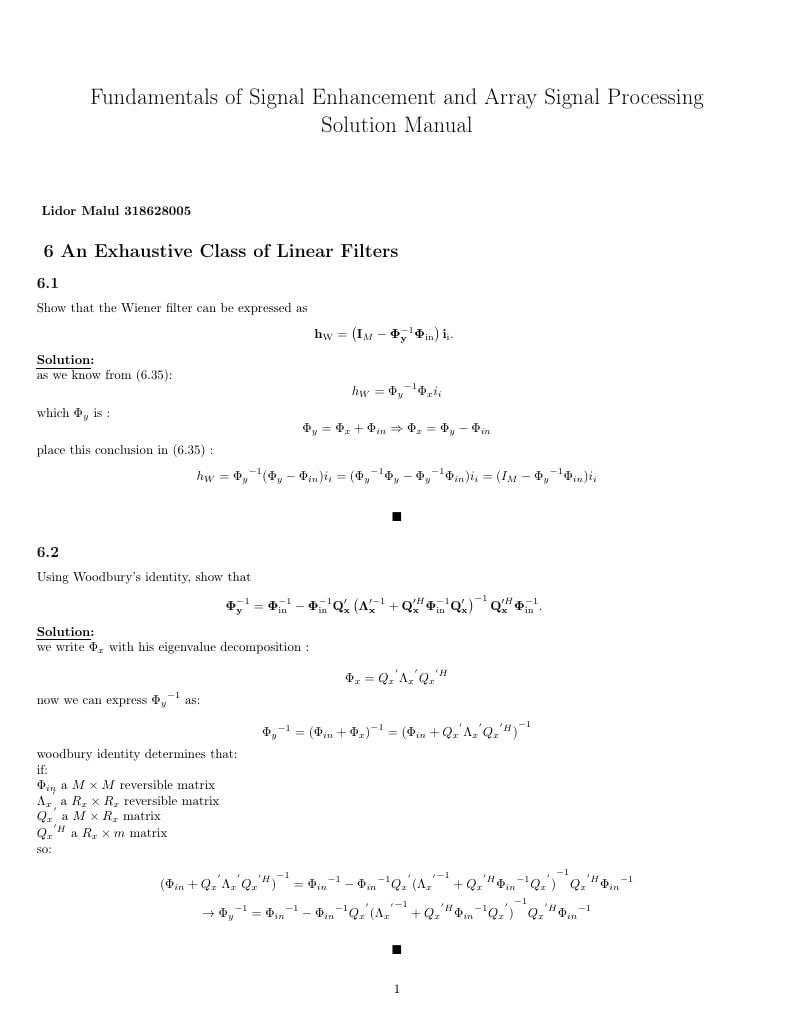
Section 6 solution
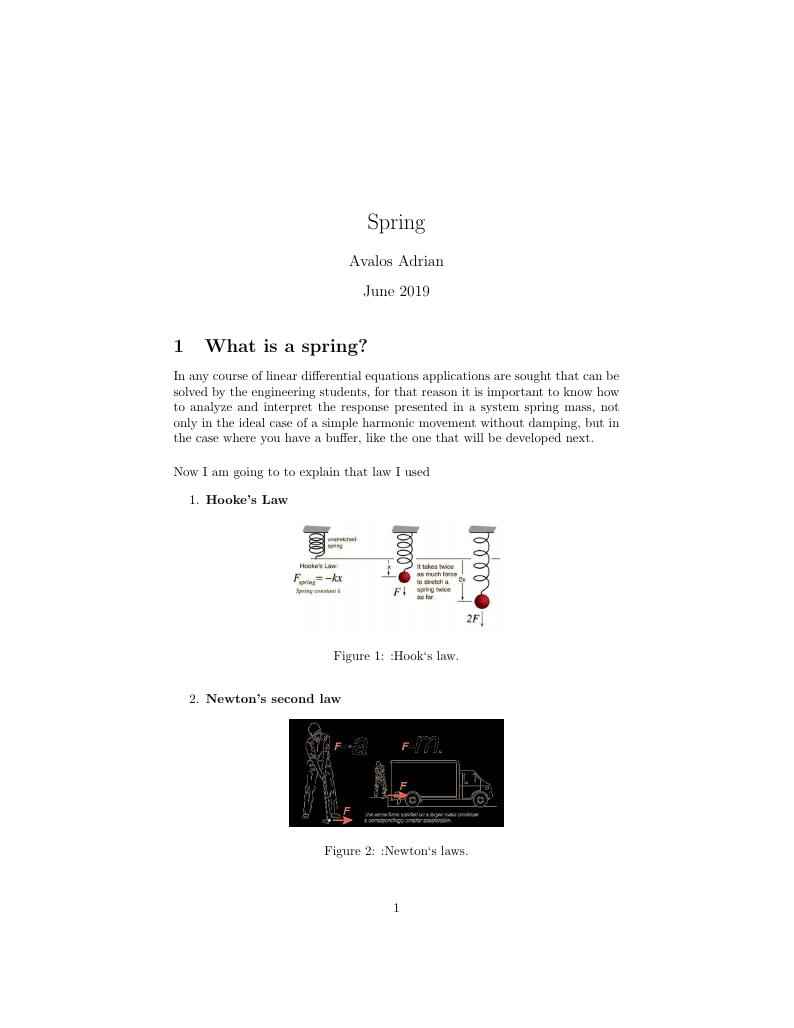
Spring-Mass
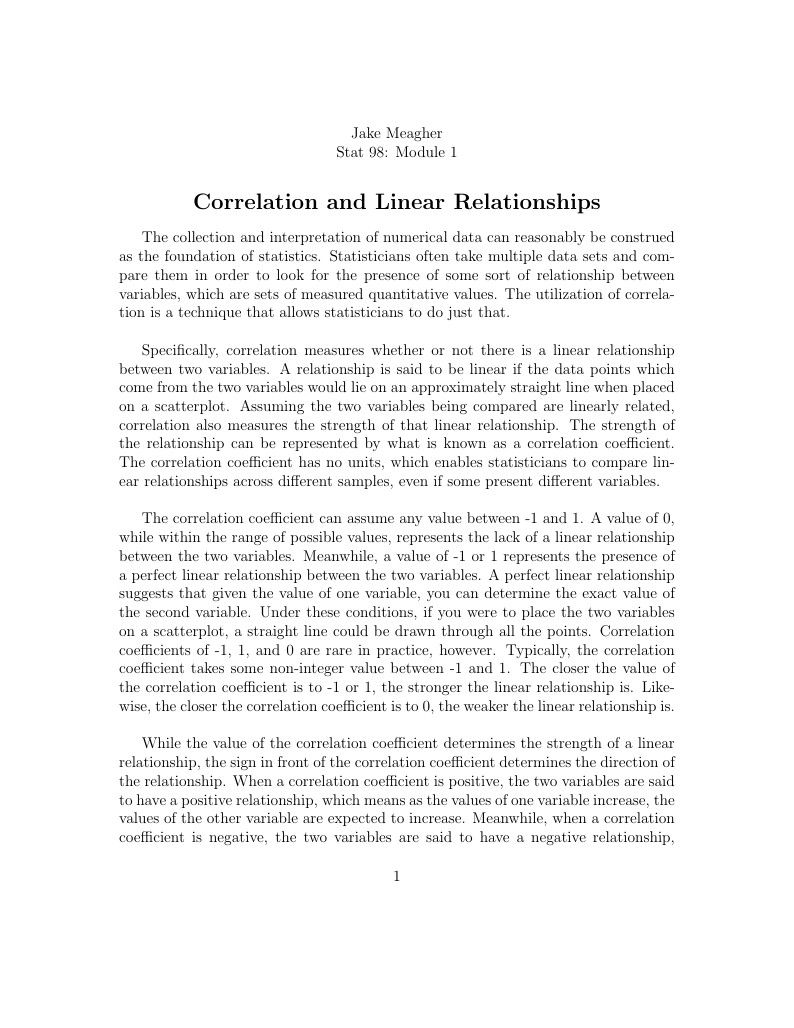
A Statistics paper on Correlation and Linear Relationships.
\begin
Discover why over 20 million people worldwide trust Overleaf with their work.
